That not one of the six one-off concept cars built on the underpinnings of Alfa Romeo’s Tipo 33 Stradale has aged half as well as the outrageously alluring original is certainly telling of Franco Scaglione’s genius.
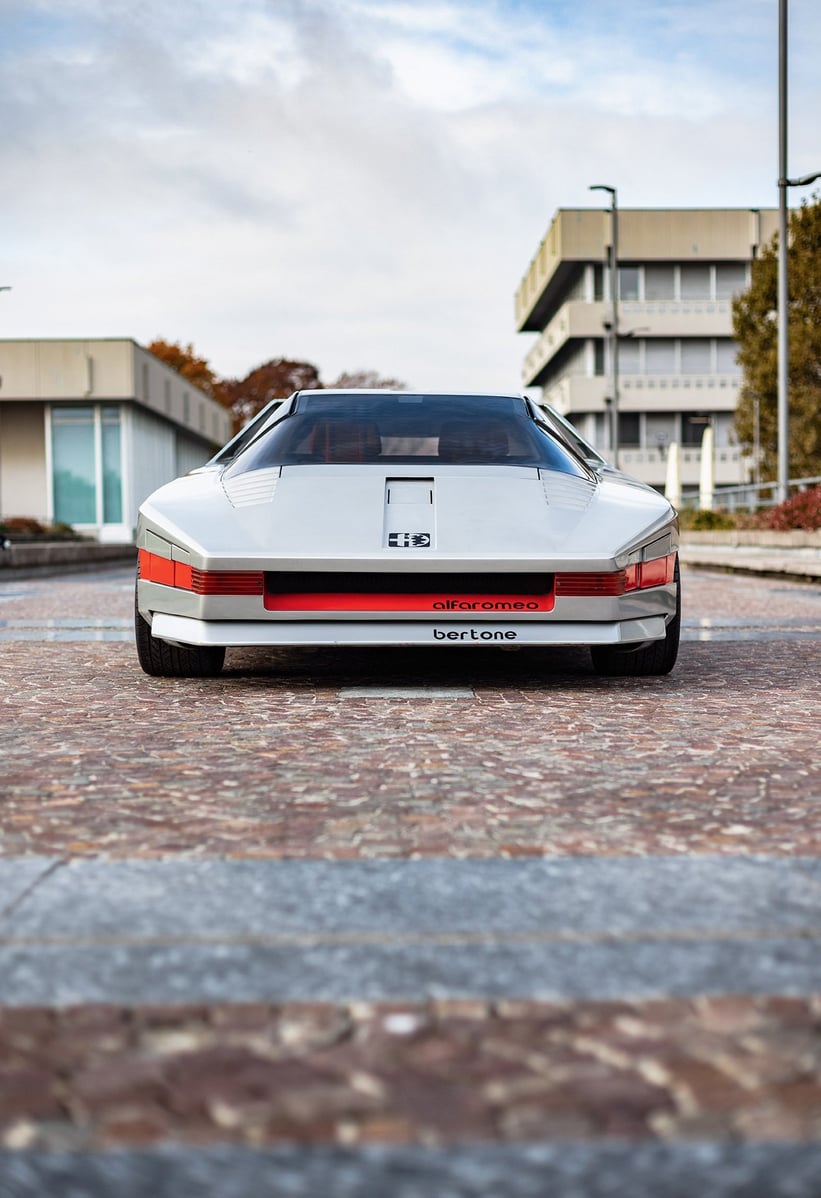
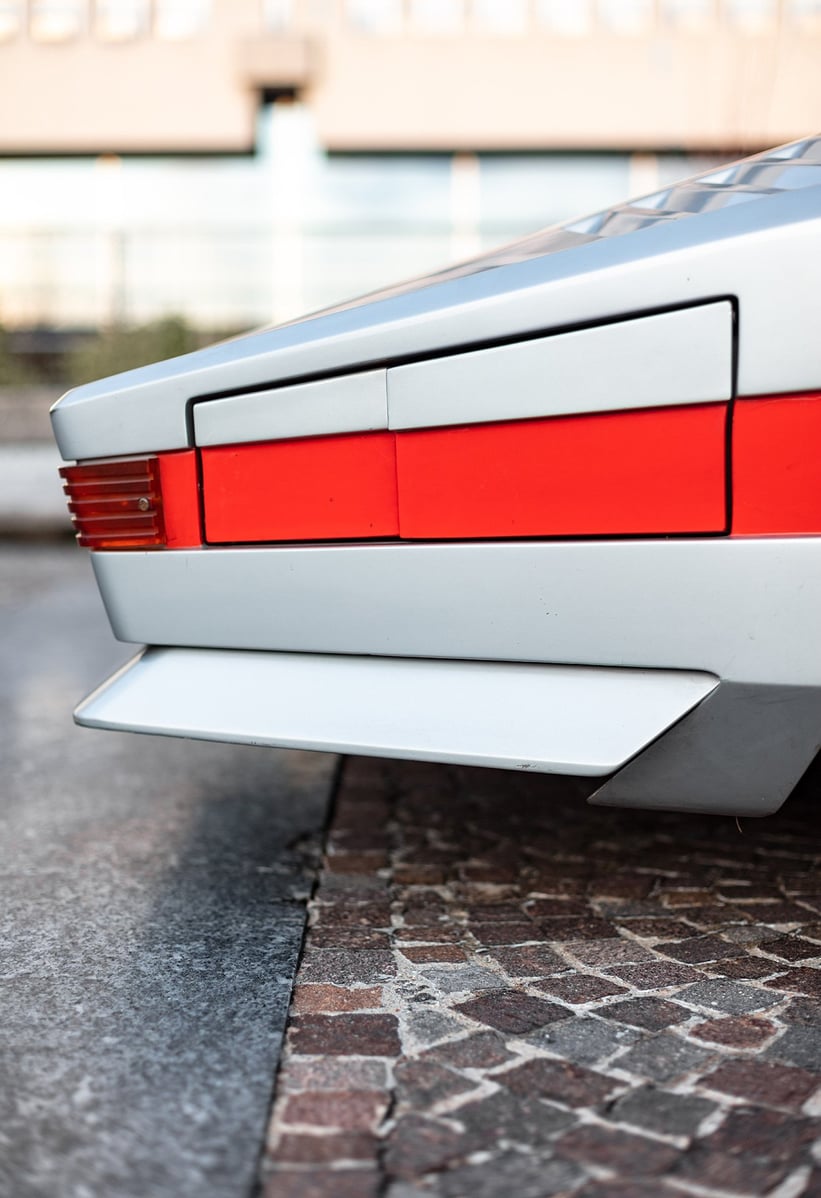
But while few would argue that the Italian wunderkind’s pièce de résistance is not among automotive history’s most beautiful pieces of design, by no means do the aforementioned prototypes, constructed by the likes of Pininfarina, Italdesign and Bertone, deserve to be glossed over.
Carabo, Iguana, Cuneo, Speciale, Roadster and Navajo. They’re all names rooted in what is perhaps the most ambitious, outlandish and evocative periods of automotive design – a time when venerable Italian carrozzerie ruled the world and no idea was deemed too farfetched.

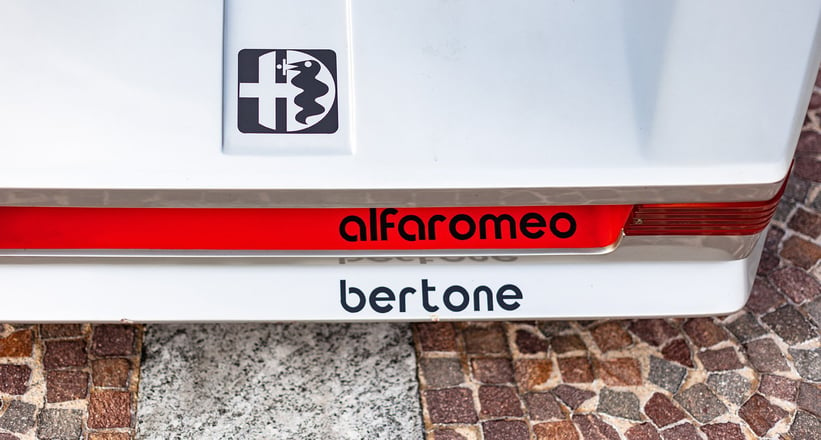
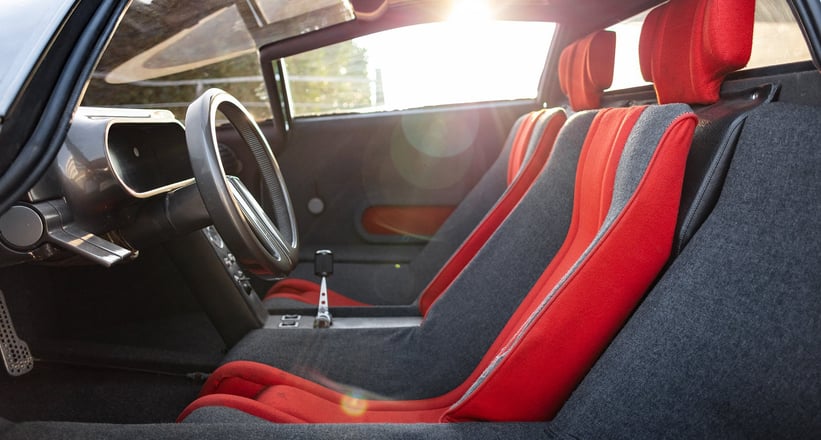
Sure, Scaglione’s slender and sensual yet positively powerful Tipo 33 Stradale from 1967 was judged to perfection. But change was afoot in the industry and given than not even the quasi-road car’s sheer beauty could convince customers to part with the eye-watering 9.75m lire for which Alfa was asking, six of the mere 18 cars built were instead sent to various studios to serve as platforms for wild design studies.
The transformations of the motorsport-derived Tipo 33 chassis were in line with the emerging aesthetic trends of the time, the most prominent of which was the transition from round, voluptuous curves to space-age sharp edges and flat panels. And we reckon the most ‘out there’ of is the bunch is the last: the Alfa Romeo Navajo by Bertone.
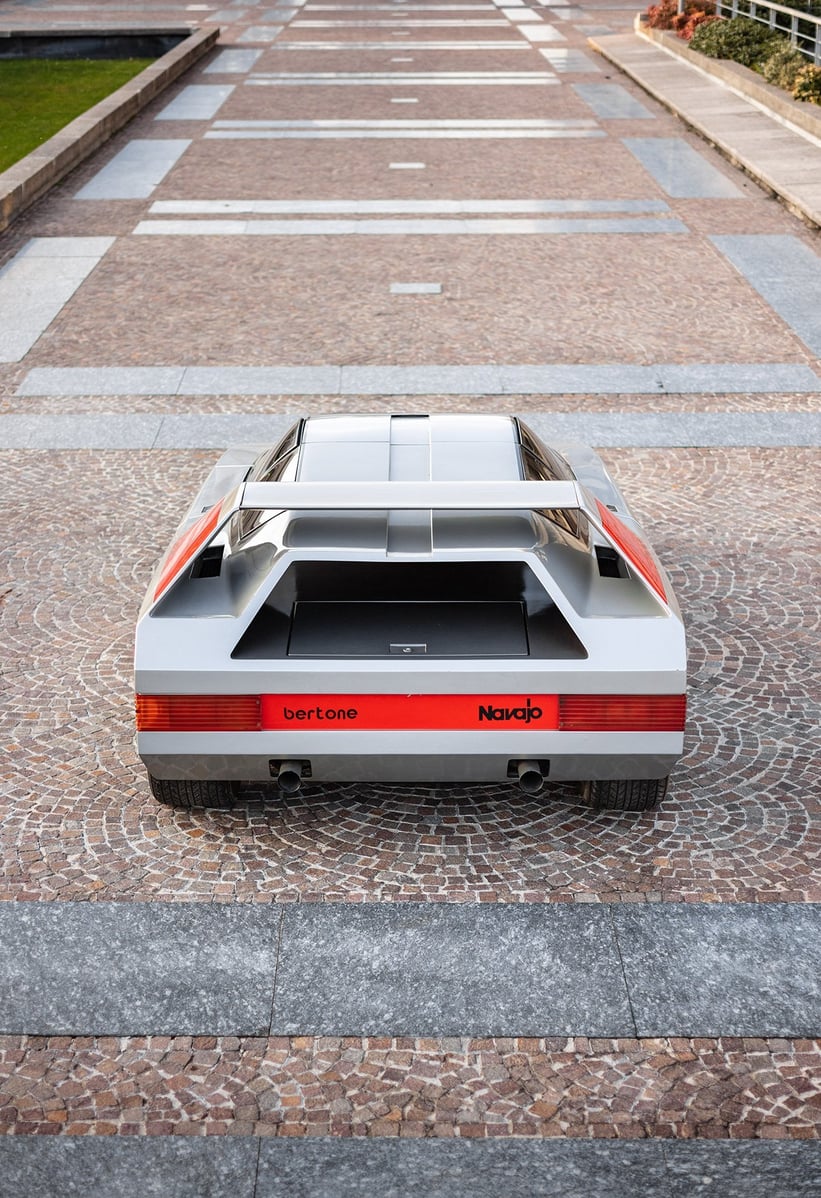

Introduced in 1976, by which time the Tipo 33 Stradale was all but obsolete, the Navajo looks like it came straight from Buck Rogers’ 25th-century world. If the concepts of the wedge era were beginning to look derivative by this point, Nuccio Bertone unsurprisingly pushed the envelope once again with the Navajo.
Named after the Native American tribe, the Navajo boasted sporty glass-fibre coupé bodywork that took the previously in-vogue wedge profile and applied the latest aerodynamic principles. If the Lancia Stratos and Alfa Romeo Carabo could be described as even a tiny bit curvy, the Navajo was strictly straight-edged.



Cutting-edge ‘active’ spoilers complemented the tapered body at the front and rear, and not one but two rear trapezoid wings were fitted, designed to draw hot air away from the 2.0-litre V8, which revs to a dizzying 8,800rpm and kicks out 220HP – ample when you consider the entire car weighed just 870kg.
If the conventionally opening doors were unusual for a creation of Bertone’s, the visual exuberance was restored with the pop-up headlights that emerged not from the bonnet but the wings.
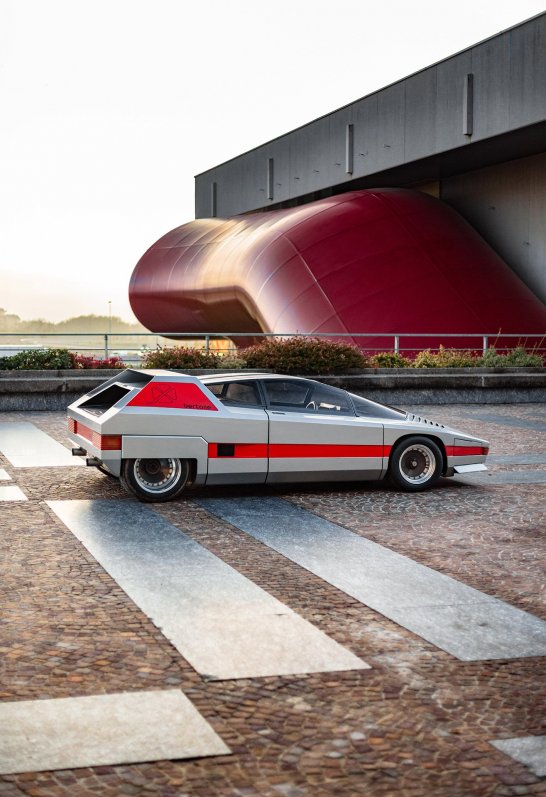
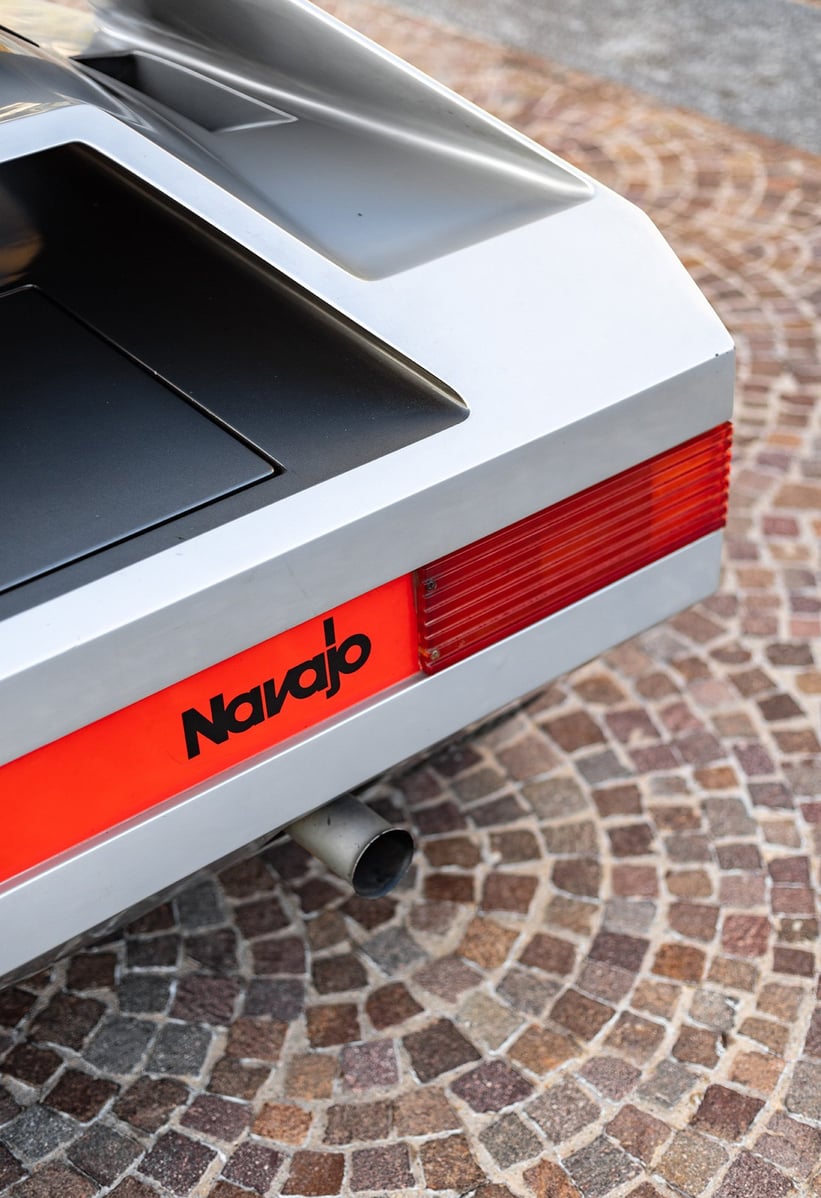
Perhaps the Navajo’s greatest party trick is that its Battlestar Galactica body (doesn’t it resemble a Colonial Viper?) is deceptively small. While Bertone actually lengthened the competition-derived tubular chassis for the sake of interior comfort, the entire car is still shorter than a modern Mini Cooper. And measuring 41-inches tall, it’s also barely waist height.
After its motor show circuit was complete, the Navajo, like the other Tipo 33-based concepts, was duly retired to Alfa Romeo’s museum collection, where it remains to this day. It now stands as a tribute to Bertone’s perseverance and relentless quest to innovate.

It’s fair to say the design trends he pioneered in the late-1960s and early-1970s had been and gone by the time he turned his attention to the Navajo. Yet, in the looming dawn of the 1980s, he engineered avant-garde aerodynamic solutions that were genuinely novel and still captured the imagination of the public and experts alike.
So what if it’s about as far as is comprehensibly possible from Scaglione’s sultry Stradale? It’s equally worthy of its spot in the museum – a truly fascinating footnote in the history of two legendary brands, at a time when the automotive landscape was undergoing yet another seismic shift. We love it.
Photos: Kevin van Campenhout © 2020



























